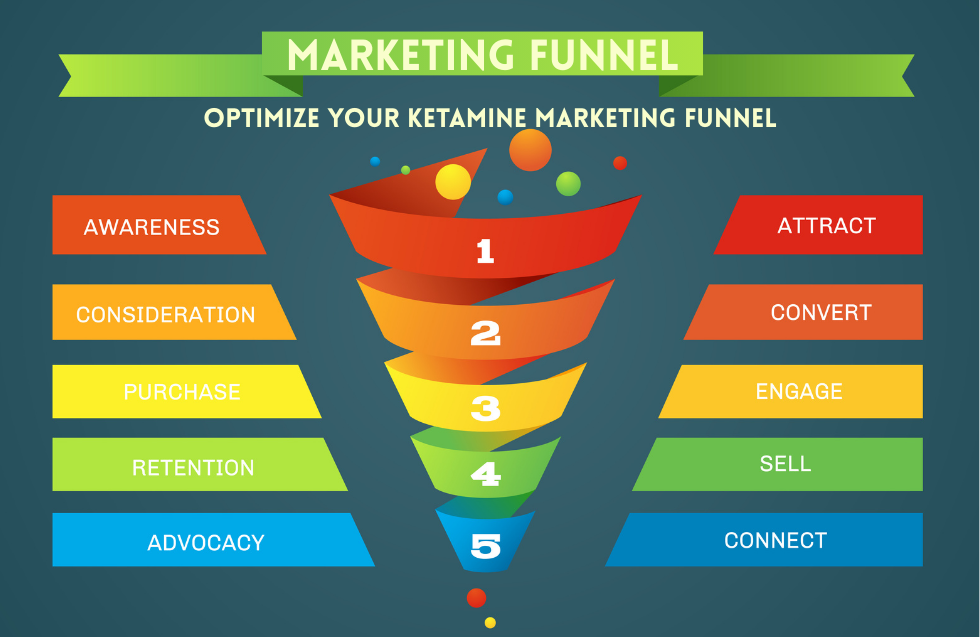Employee engagement is critical to building a productive, satisfied, and motivated workforce. When employees feel connected to their work and valued by their organization, morale and productivity soar. Here are ten powerful strategies to engage employees and enhance morale in the workplace:
1. Encourage Open Communication
Open communication creates a sense of transparency and trust within the workplace. By fostering an environment where employees feel comfortable sharing ideas, feedback, and concerns, organizations can build stronger connections. Regular check-ins, town hall meetings, and open-door policies show employees that their voices are valued.
Example: A tech startup holds bi-weekly “all-hands” meetings where leadership updates everyone on company goals and progress, then opens the floor for questions and feedback. This helps employees feel connected to the big picture, encourages idea-sharing, and allows any concerns to be addressed in real time.
2. Offer Opportunities for Professional Development
Employees want to grow in their roles. Providing access to training programs, workshops, and courses that help employees enhance their skills shows a commitment to their personal growth. A learning environment also helps employees feel valued, which increases their engagement and job satisfaction.
Example: A marketing firm provides annual stipends for employees to attend industry conferences or enroll in relevant courses. After completing a course, employees share what they have learned with the team. This approach boosts morale by empowering employees to grow and contribute fresh insights, which also benefits the company.
3. Recognize and Reward Accomplishments
Recognizing achievements, whether through verbal praise, employee-of-the-month awards, or public acknowledgment, boosts employee morale and reinforces positive behavior. Rewarding employee engagement for going above and beyond with small incentives, such as gift cards or extra time off, also encourages others to excel.
Example: At a customer service company, high-performing agents are recognized during monthly meetings and receive “Star of the Month” awards. These employees receive a small reward, like a gift card or an extra day off, which motivates them and encourages others to perform their best.
4. Promote Work-Life Balance
A balanced approach to work and personal life helps reduce burnout and enhances job satisfaction. Flexible hours, remote work options, and policies that prioritize family or personal time support employees’ well-being, ultimately increasing their engagement and loyalty to the company.
Example: A digital agency implements “No-Meeting Fridays” to allow employees to catch up on work or focus on personal projects without interruptions. Additionally, they encourage employees to unplug outside of work hours, showing that the company respects their personal time and well-being.
5. Involve Employees in Decision-Making
When employees are involved in decision-making, they feel a deeper connection to the outcomes and success of the company. Engaging employees in discussions on company goals, new policies, or project strategies provides a sense of ownership and makes them feel valued.
Example: A retail company planning a new product launch forms a cross-department committee where employees from marketing, sales, and customer service collaborate on the project. Each member contributes their insights, giving them a sense of ownership over the success of the launch.
6. Create a Positive Work Environment
3A positive work environment fosters collaboration, creativity, and a sense of community. Encouraging teamwork, mutual respect, and open-mindedness in the workplace can transform the company culture, making it a space where employees look forward to coming each day.
Example: At a software development firm, leaders actively promote a culture of appreciation and mutual respect. Employees are encouraged to recognize each other’s contributions using an internal “Kudos” platform, where they can post messages of appreciation. This creates a sense of camaraderie and reinforces a positive workplace culture.
7. Provide Constructive Feedback
Constructive feedback helps employee engagement understand their strengths and areas for improvement. Implementing regular performance reviews or feedback sessions can clarify job expectations and support professional development. When employees know where they stand and what they can improve, they feel motivated to excel.
Example: In a manufacturing company, managers provide bi-annual performance reviews where they discuss individual goals, achievements, and areas for growth with each employee. These meetings focus on development rather than criticism, setting specific, actionable steps for improvement. This approach supports employee growth while making them feel valued and guided.
8. Encourage Team-Building Activities
Team-building activities build stronger bonds among employees, helping them communicate and collaborate more effectively. Organizing events like team outings, office games, or virtual meet-ups creates a relaxed environment for employees to connect, which can enhance workplace morale and teamwork.
Example: A financial services company organizes monthly team outings, from escape rooms to bowling, that foster teamwork in a relaxed setting. For remote teams, they hold virtual game nights or trivia sessions. These events help employees build rapport, making collaboration smoother and more enjoyable.
9. Empower Employees with Autonomy
Allowing employee engagement the freedom to make decisions in their work not only boosts their confidence but also fosters a sense of ownership and responsibility. Empowering employees to take charge of their tasks without micromanagement demonstrates trust, which is essential for strong employee engagement.
Example: In a creative agency, designers are given the freedom to take the lead on smaller projects, allowing them to decide on creative directions without constant oversight. This autonomy makes them feel trusted and valued, resulting in higher job satisfaction and innovation.
10. Support Employee Well-being Initiatives
Supporting employees’ physical and mental well-being improves morale, productivity, and job satisfaction. Consider implementing wellness programs, providing access to mental health resources, or organizing wellness challenges. Employees who feel cared for by their organization are more likely to remain committed and engaged.
Example: An HR tech company provides employees with access to wellness apps, on-site fitness classes, and mental health days. They also run monthly wellness workshops on topics like stress management and healthy eating. By supporting employees’ well-being, the company creates a healthier, more engaged, and more productive workforce.
Final Thoughts
Implementing these employee engagement strategies requires commitment but can result in a more motivated, loyal, and productive team. With higher morale, employees are more likely to invest in their work and contribute to a positive workplace culture, creating a win-win for both the organization and its employees.













